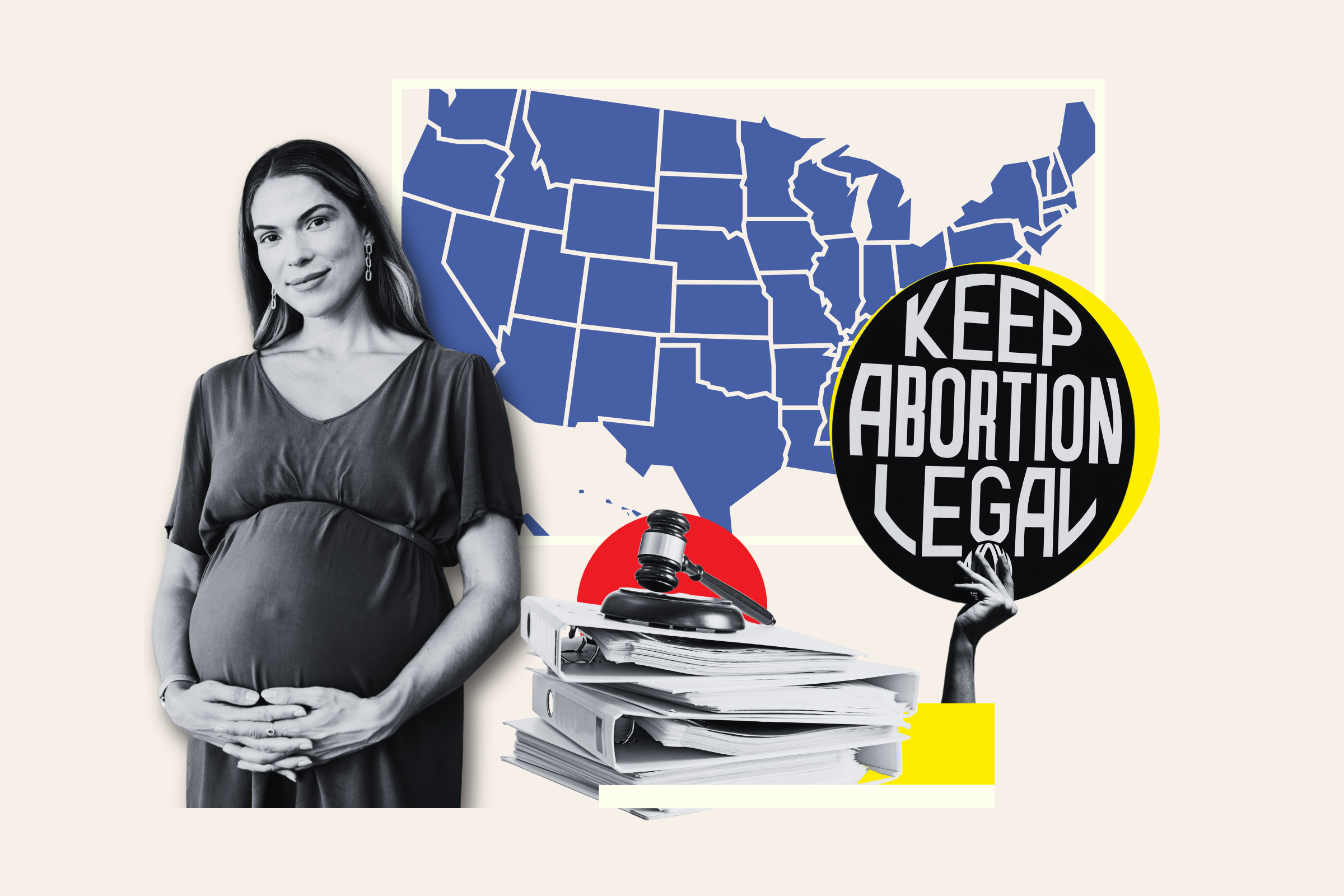
Birth and fertility rates have long been a major talking point in the United States which, along with many major economies, is facing population decline.
America’s fertility rate is now projected to average 1.6 births per woman over the next three decades, according to the Congressional Budget Office’s latest forecast released in 2025. This is well below the level of 2.1 births required to maintain a stable population without immigration.
But the situation is seemingly not the same across all areas, with research showing a “sharp and persistent increase” in Republican-leaning counties compared to Democratic ones since President Donald Trump‘s first term from 2016 to 2020.
Authors and several experts attributed this to “economic optimism” and “an increase in optimism about the future among Republicans after the electoral victory.”
However, abortion policy has been “lacking in all of the analyses” of “Republican vote share and fertility,” Beth Jarosz, senior program director for U.S. programs at the Population Reference Bureau told Newsweek.
Indeed, there were an estimated 1.01 additional births above expectation per 1,000 reproductive-aged females in states following the enactment of abortion bans, equivalent to 22,180 excess births, a February study found.
The paper was carried out by multiple authors, including Suzanne O. Bell from Johns Hopkins Bloomberg School of Public Health, who spoke to Newsweek about the effect of abortion bans on birth rates.

Photo-illustration by Newsweek/Getty
Bans Lead To Births Among Disadvantaged
In the states that adopted complete or six-week abortion bans, there was an average of 60.55 births per 1,000 reproductive-aged females, 1.01 more than the 59.54 expected births, researchers found, based on their estimations from birth certificate and U.S. Census Bureau data from 2012 through 2023.
They also looked at the change in the fertility rate among females aged 15 through 44 within each state, across race, marital status, education and insurance payer.
Extra births in areas with abortion bans were most likely to happen among lower-income and less-educated people, the February study found.
“Estimated differences in fertility associated with abortion bans were largest among people experiencing structural disadvantage and in states with among the worst maternal and child health outcomes,” the paper, published in American Medical Association journal JAMA, said.
It concluded: “These findings provide evidence that fertility rates in states with abortion bans were higher than would have been expected in the absence of these policies, with the largest estimated differences among subpopulations experiencing the greatest structural disadvantages and in states with among the worst maternal and child health and well-being outcomes.”
Bell, from Johns Hopkins, told Newsweek: “Births are not necessarily rising in states that banned abortion, but they are falling less slowly, which disproportionately impacts among groups experiencing the greatest structural disadvantages.”
Similarly, Elizabeth Gregory, the director of women’s gender and sexuality studies at the University of Houston, said that despite attempts to reverse fertility trends, “We haven’t seen a major rise in fertility. Instead we’ve seen less decline than might have been predicted because many people still have access to abortion in other states or via medication.”
“People may be more intentional about contraception and abstinence, and some people in ban states who might have chosen to get pregnant now see it as too risky and so are not having children they wanted to have,” she told Newsweek.
How Does This Impact Population?
A major issue with population decline is a falling workforce—more deaths than births means lower numbers of working-age people having to support larger groups of retired people.
“One little discussed point is that if you push women off the career track by forcing them to have babies now, in a context with no family-support infrastructure, you are reducing the currently available workforce (of which women are a large part) at a time when more, not fewer, workers are needed,” Gregory said.
“And you are setting up a situation to continue that model in the future,” she added. “Where only half the babies born now will be able to contribute fully to the labor force, if in future female caregivers are kept ‘on the sidelines’ by fertility as in the 1950s.”
“This negative workforce effect in the present will be exacerbated by the expulsion of many resident immigrants and the failure to welcome new ones,” she said.
What Is the Solution?
Experts have different views about how to tackle this issue, with many calling for public-health policies and financial plans to help families.
Elon Musk has praised Hungarian policies that grant tax exemptions for mothers who have a certain number of children, Trump has signed an executive order expanding access to in vitro fertilization for Americans, and Transport Secretary Sean Duffy directed the Department of Transportation to give funding precedence to “communities with marriage and birthrates higher than the national average.”
But Jonathan Sher, founding partner of Scotland’s Coalition for Healthier Pregnancies, Better Lives and former deputy director of the Queen’s Nursing Institute Scotland, has urged the world to look at improving the viability of existing pregnancies as a solution.
Sher argues that there are “two essential realities largely missing from the leading analyses and proposed solutions.”
“The first is a disconnect between pregnancies and babies,” he told Newsweek. “The remedies intended to reverse declining birth rates—from more affordable housing to better pay and leave policies—are built on the assumption that people of childbearing potential are increasingly choosing not to become parents.”
While he agreed that there are people for which these remedies would make a difference, he said, “The ‘choice’ assumption blithely ignores the contradictory fact that at least one out of every four pregnancies has an ‘unhappy ending,'” which includes miscarriages, stillbirths, therapeutic terminations, very premature deliveries, harm to the mother’s health and/or her future reproductive life, as well as babies born with life-limiting birth defects.
“These are pregnancies intended to be full-term and produce healthy babies who will grow up to become net assets to their economies and societies,” Sher said.
Speaking on this topic in general, Bell said, “The effects of these abortion bans are not uniformly felt, with the largest estimated impacts on fertility among populations experiencing the greatest structural disadvantages and who have worse pregnancy outcomes, including higher infant mortality rates.”




